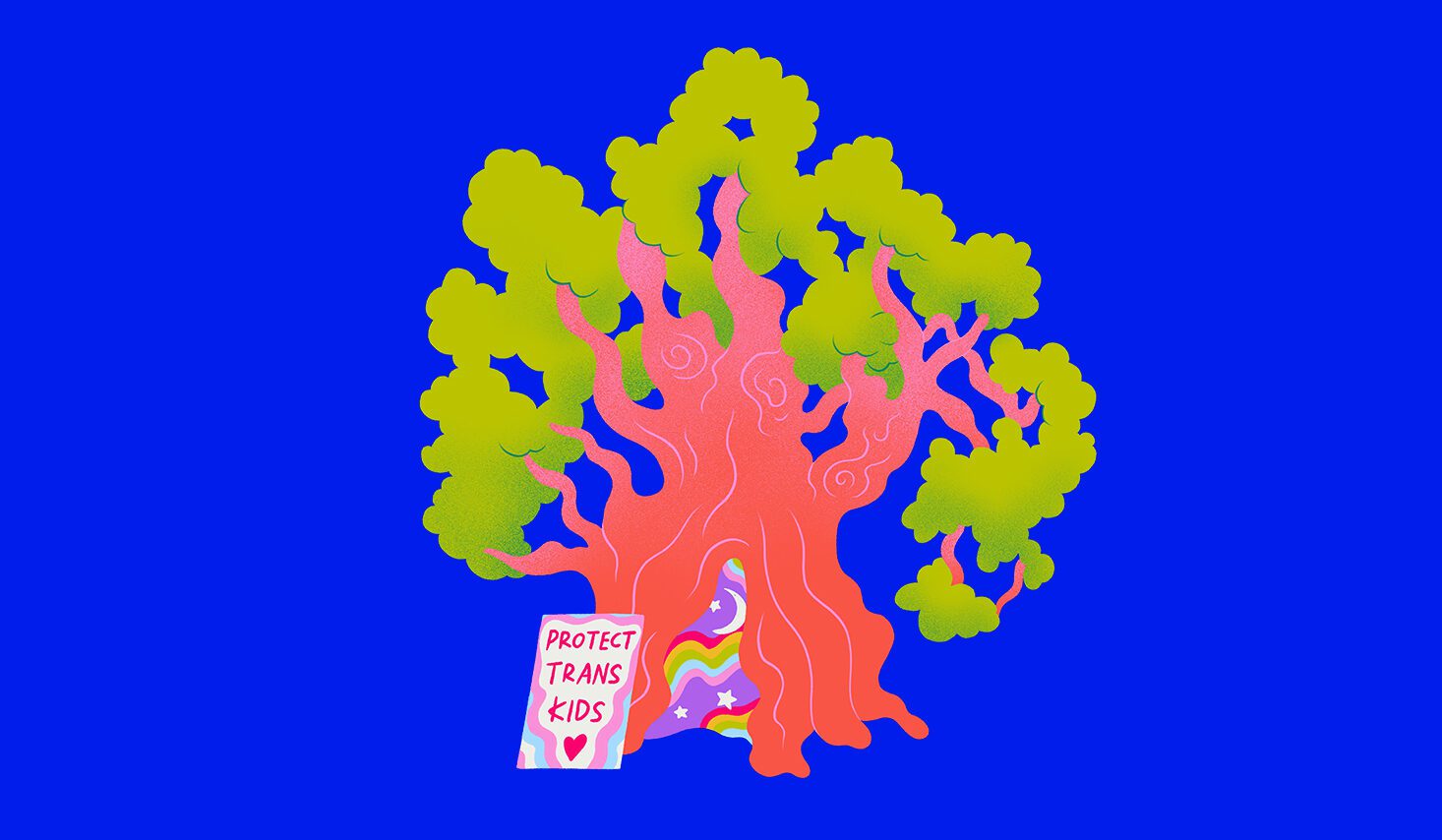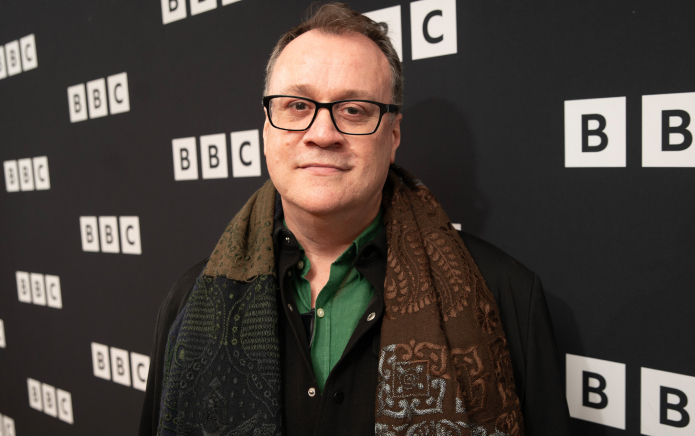
As a queer woman living in the UK, when I think of Pride, I usually go straight to the big names like Manchester, London, and Brighton.
In fact, the first time I attended a Pride event was the famous Brighton Pride, and I was scared that I wouldn’t fit in and that it wouldn’t be the experience that I had built it up to in my head – particularly because I am bisexual and have experienced biphobia in the past in LGBTQ+ spaces as well as that being the first time I had queer friends to attend Pride with! I am also not someone who thrives in crowds and I was terrified of losing my friends and ending up alone in an unfamiliar city where I don’t know anyone.
Luckily, those anxieties and fears were (mostly) unfounded. I did lose my friends a few times but I found them again, and everyone else I came across in my search were helpful, friendly, and accepting. I was definitely overwhelmed and emotional but it was a good thing – I felt happy and lucky to be able to celebrate my queerness and the joy of the LGBTQ+ community together with the 500,000 other people in Brighton that day. Fear and anxiety should not stop us from feeling that joy, and I would encourage every LGBTQ+ person to attend any Pride you can make it to for that very reason – having 42 people in attendance or 1.5 million doesn’t change that feeling.
Even so, it can sometimes be easier for bigger Pride events to attract the attention and attendance that they want compared to smaller, local Prides – simply because they cater to a larger proportion of people. Plus, Manchester, London, and Brighton have huge populations of LGBTQ+ people and historical significance when it comes to the queer community in the UK so they are important events to hold.
But, there are thousands of LGBTQ+ people who live nowhere near those cities. When they want to be among their community, what do they do?
That’s where local Pride events come in. There are hundreds of Prides across the UK, but because of scarce funding, they don’t have the same advertising resources to get the word out to the LGBTQ+ community. Even though I lived in Hertfordshire for several years, and have queer friends still living there, I wasn’t aware that there was a Hertfordshire Pride until I began researching for this article. Reverend David Austin, chair of Oldham Pride (22-24 July), said that “finding funding for these smaller Prides with no headline acts and less commercial sponsorship” is a big problem for these local Pride events.
Austin says he prefers “local Pride events as it is about community and grassroots issues,” and wants to put them forward because they “celebrate diverse communities and show that we are proud of who they are.” Not only is he the chair of Oldham Pride, he also helps organise Salford and Rochdale Pride too, and ensures that all of these events provide people with a “safe space to be themselves,” as well as “advertising resources and help for those seeking advice.”
Attending Pride events is a reminder of how far we’ve come in the fight for our rights as well as how far we have to go both here in the UK and across the world, as well as a chance for us to celebrate who we are with people who understand and know what we go through. As a queer person of colour who often interacts with many white, straight people, it can be freeing to go to an event and be with your ‘gays, gals, and non-binary pals’ without feeling the need to explain your identity or justify who you are. You can just be yourself. Pride is, undoubtedly, a protest and we shouldn’t forget that experiencing joy and happiness as an LGBTQ+ person is a form of protest too.
This is why local Pride events are important. A local Pride isn’t necessarily better or worse than a bigger Pride event, just different – which is how Arthur Webber, a trans man from Peterborough who attended the city’s first local Pride event back in 2018, described his experience at Peterborough Pride: “It very much felt like a protest due to the council pushing back on it for so long. Just a bunch of queers with a megaphone and a speaker. Bigger Prides feel very corporate, and although it’s nice to get the free things that some companies will throw out, it feels quite distant from the fight for our rights that is still very much going on. Some people want a break from that and just want to party with other queer people, and local prides will serve that well.”
Webber came out as trans and his sibling came out as a lesbian just a week before the Pride event. He said: “It was nice to have an event on my doorstep that we could take our family to so they could see what the community was all about.”
Madeline Breed, who attended Cornwall Pride, agrees that local Pride events provide a sense of community. She said: “I would (and have) attended local Pride events. It’s a great celebration of LGBTQ+ people and some of the only opportunities for us to get together and celebrate in Cornwall. As there are not any LGBTQ+ venues in Cornwall, local Pride events are even more important to create that sense of community.”
Georgina Heaton, who identifies as a lesbian, is considering attending her local Pride this year. She says that she finds “big city Pride events too big, too crowded, and too corporate.” Though she hasn’t yet attended a local Pride, she hopes to soon and imagines that they would feel “more community-led and community-oriented.” Local Prides will have smaller numbers – Peterborough’s first Pride only had a few hundred people in attendance – which makes it easier to get to know each other and really foster a sense of belonging.
Whether you’re a seasoned Pride goer or wanting to attend for the first time this year, a local Pride event is a great experience. And everyone might feel daunted by the prospect of going to any Pride in 2022, especially after the last two years have meant that fostering an LGBTQ+ community experience was done entirely online. But, that’s all the more reason to go. There are at least a hundred different Pride events to attend in the UK, and all of them will provide any semblance of joy for you, if that’s how you choose to celebrate this summer.



